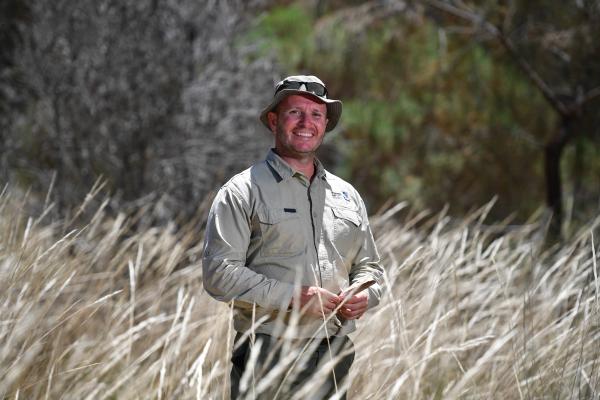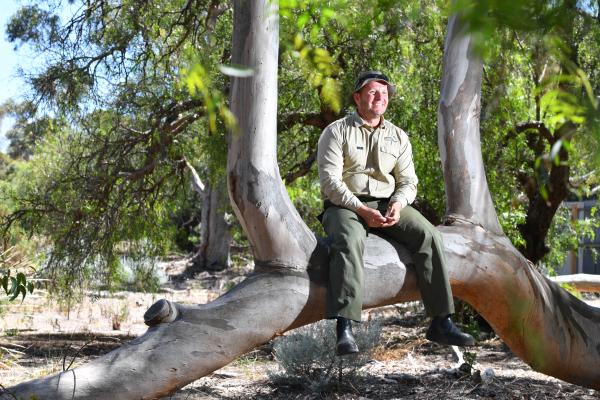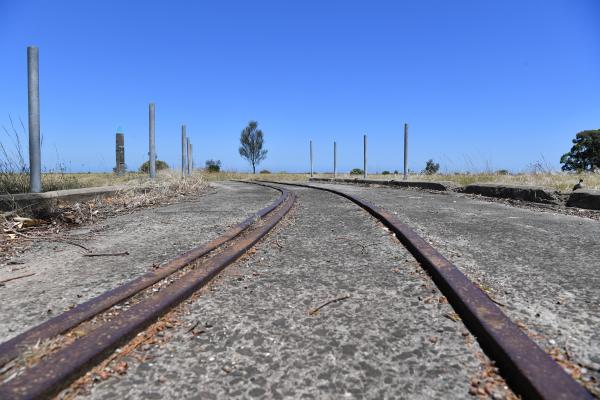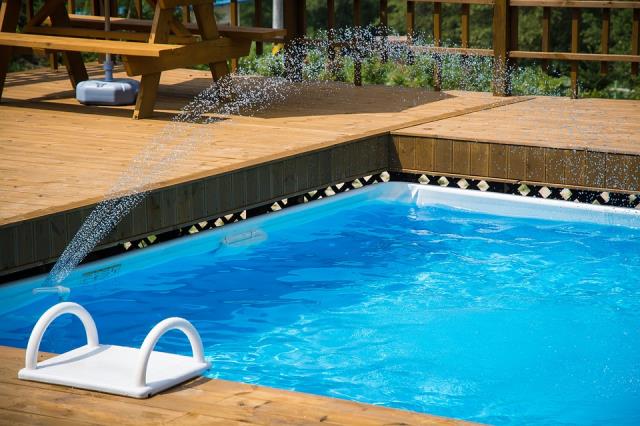The Truganina Explosives Reserve at Altona reopens on Saturday for World Wetlands Day and on Sunday for guided tours.
Once used to store explosives for civilian use such as mining and quarrying, the reserve operated from 1901-62 and is home to flourishing wildlife untouched for decades.
The reserve includes the keeper’s residence built in 1897, underkeeper’s quarters from 1915, 16.5 hectares of salt marsh and sand dunes, remnants from the magazine, an explosive testing shelter and tramway lines used to transport explosives.
Truganina Explosives Reserve Preservation Society treasurer, Ralph Coghill, said the group began restoring the keeper’s quarters more than five years ago.
“We’ve now commenced restoring the underkeeper’s, and during all of that time we’ve also been maintaining and improving the heritage ornamental gardens,” he said.
“We’ve also established a demonstration vegetable garden.”
The site has a new boardwalk winding around a water-storage tank built in case of fires and former laboratory buildings.
“This place was used for the storage and distribution of explosives for civilian use, so things like dynamite and gelignite,” Mr Coghill said.
“Explosives were taken out of here on the trams and there was a pier that went straight out into the bay – it was 100 metres longer than the existing Altona pier.”
“The fence is a very important part of the heritage of this place.
“During the First World War and the Second World War, the military did commandeer the place and the fence along Queen Street was painted in camouflage paint.”
Hobsons Bay council’s conservation team leader Frank Fardell said his vision was to return the site to a sheoak forest, providing a habitat for diverse species of animals.
“I think what people would find surprising is, there’s five species of micro-bats that have been recorded within the reserve,” he said.
“These are small bats that would fit in the size of your palm and they feed on mosquitoes and moths and beetles.
“They don’t necessarily all live in caves … a lot of them live in fissures of bark.”
The site also attracts the rare Altona skipper butterfly and leads to the Cheetham Wetlands, which is internationally recognised under the Ramsar environmental treaty and home to more than 200 bird species.
Hobsons Bay Wetlands Centre is hosting events for World Wetlands Day, on Saturday, February 6, from 11am-3pm. For details, visit the Hobsons Bay Wetlands Centre page on Facebook.
The reserve, at 274 Queen Street, Altona, will be open on the first Sunday of each month for guided tours from 1-4pm, starting Sunday, February 7.















